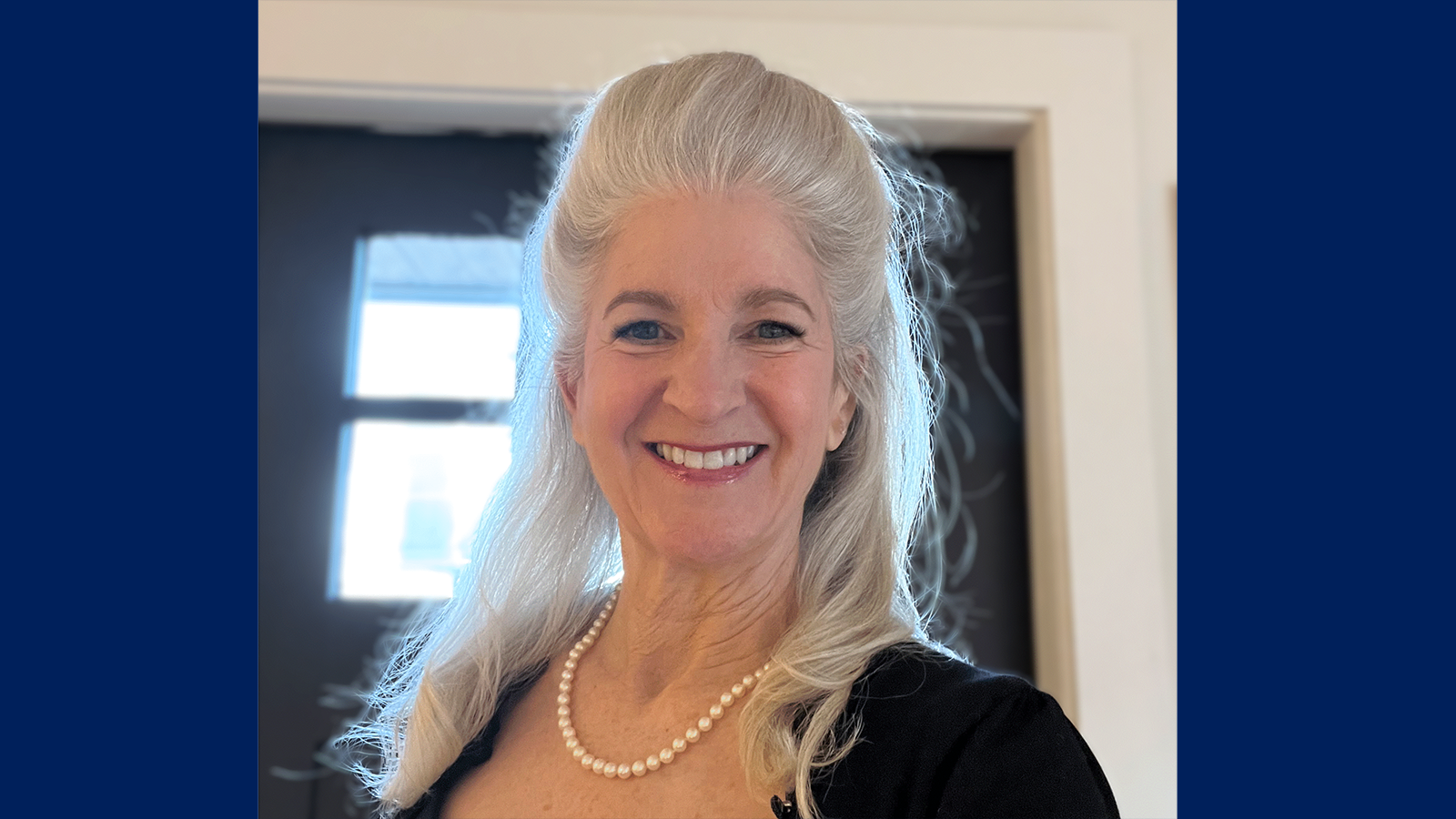Having received her bachelor’s, master’s and doctoral degrees at Rice University’s George R. Brown School of Engineering and Computing, Kathryn McKinley ’85 ’90 ’92 is a “Triple Owl.” As the school celebrates its 50th anniversary this year, McKinley shares insights from her distinguished career path from academia to Google and how her Rice experience influenced her journey.
After spending two decades in academia—most recently as an endowed professor at the University of Texas at Austin—she became a principal researcher at Microsoft and later joined Google’s Cloud team. Now, McKinley is a Distinguished Engineer at Google, where she leads the creation of metrics, data center software, and planning systems to optimize Google efficiency from end to end.
Early in her career at Google, an urgent security mitigation was required. McKinley led the response effort, and Google successfully rolled out a complex kernel scheduling change without causing customer stockouts or service disruptions. “I showed that I could reason about our systems from end to end, from what the operating system was doing to how much capacity we needed,” McKinley said. The incident also showed the need for more automation in this area. Google executives took note, and this work became her full time job. McKinley then helped construct a roadmap for building and optimizing systems to balance driving cloud customer growth with engineering and inventory efficiency.
Her team was a key contributor to decreasing Google Cloud’s data center costs, leading to Cloud profitability, while powering customer growth and onboarding new customers. McKinley said, “It has been personally motivating to have a great team, watch them have great ideas, deliver on them, and measure our success.”
Her background in memory management, performance, and compilers—which started at Rice University—made this role a good fit for her skills.

McKinley’s time at Rice in the 1980s overlapped with a formative time for parallel computing developments, many of which were led by Ken Kennedy. As an undergraduate computer science student, she spent one of her summers building an early interactive parallel programming environment in Kennedy’s compiler group and another summer in Don Johnson’s group developing a discrete event simulator for local area networks. Her summer research experiences were so exciting and rewarding, she was inspired to continue her graduate school education at Rice in the newly formed Computer Science Department.
Her Ph.D. advisor was Kennedy, and she was in his group when he launched the Center for Research on Parallel Computation (CRPC)—a National Science Foundation Science and Technology Center established in 1989. Her Ph.D. work was on compilers and interactive programming tools for parallel machines. “I liked the connection between what the programmer wanted to do, expressed at a high level, and the compiler and runtime systems transforming it to run well on the hardware,” said McKinley.
For McKinley, Rice computer science alumni connections have supported her both professionally and personally. “We’re a small community, and there’s a warmth and tight knit connection—a sense of being from a small world,” McKinley said. “Many Rice faculty and research staff cared deeply about their students and supported me through my career! I also remain close to many of my Rice friends and colleagues from undergrad and grad school—these connections have supported me throughout my whole career.”

